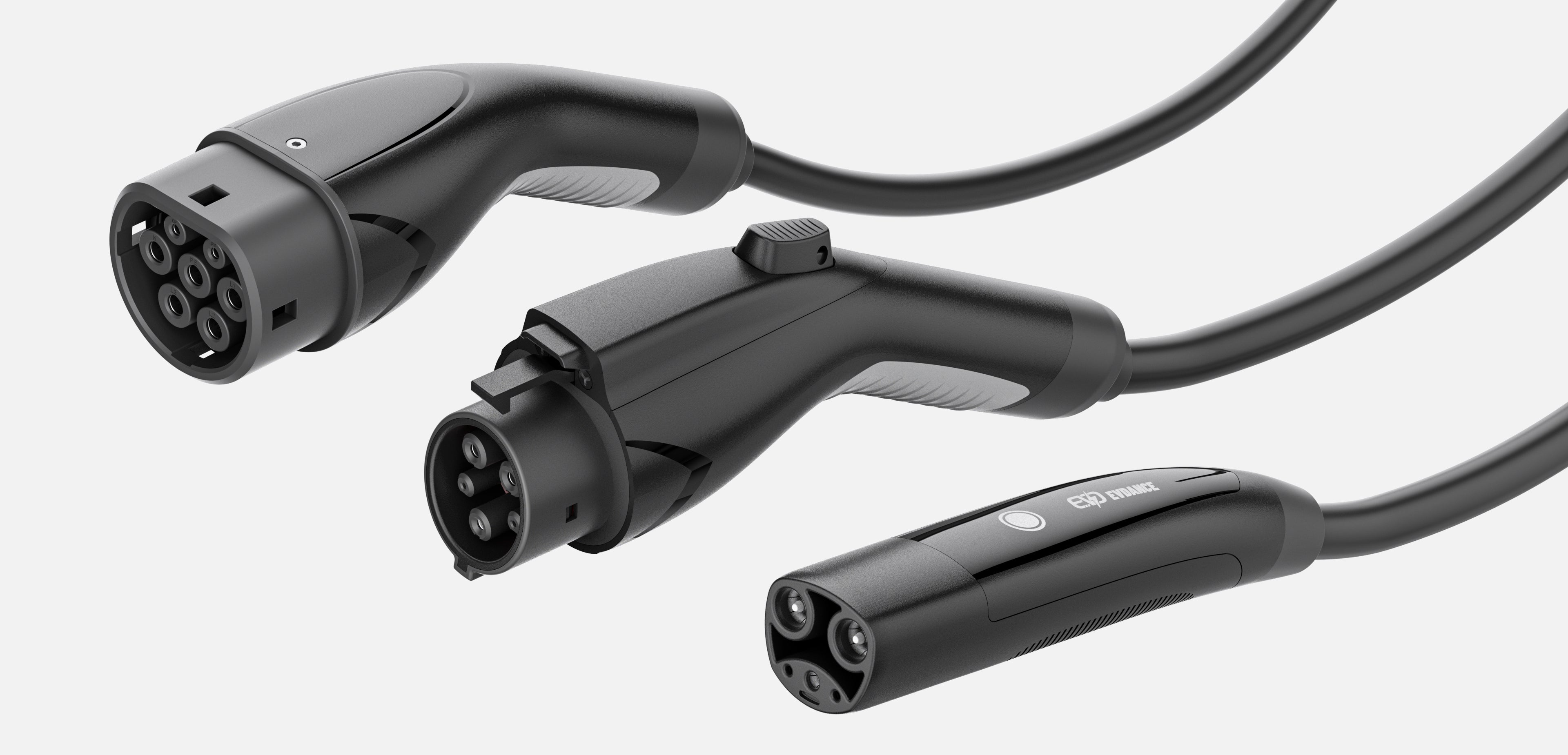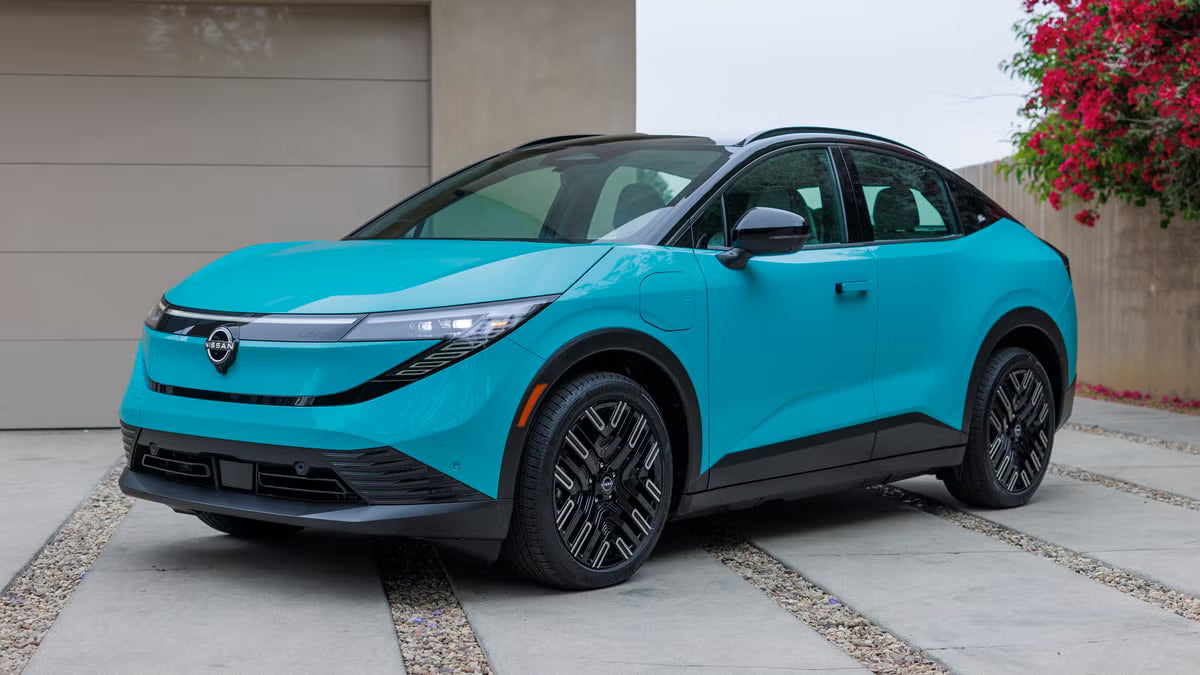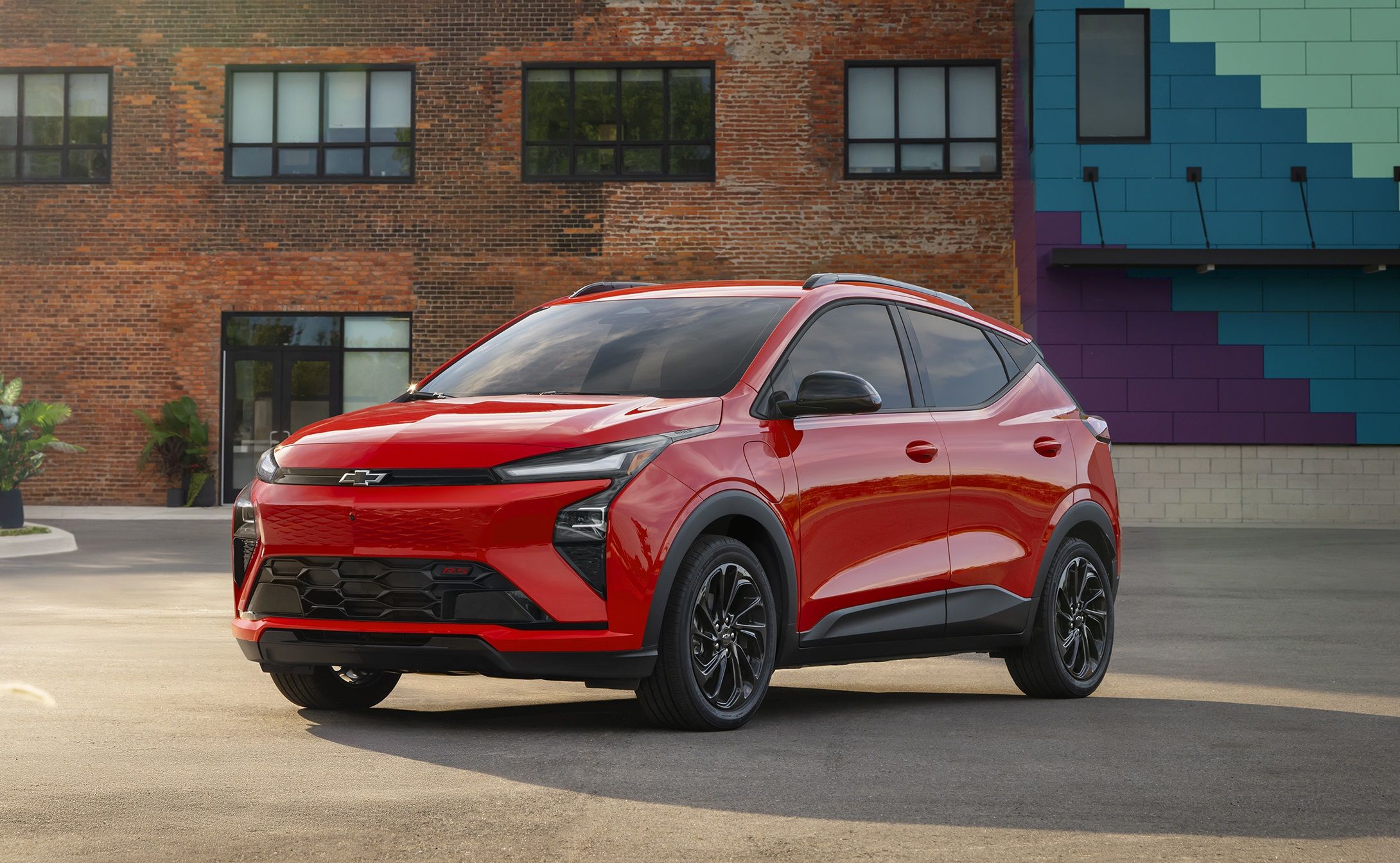For new electric vehicle (EV) drivers, the first encounter with a charging station can be unexpectedly confusing. Instead of a universal plug that works for all cars, you’ll find multiple connector shapes, names, and compatibility rules. This is not a design flaw — it’s the result of different charging standards, speeds, and manufacturer choices. Understanding these plug types will save you time, frustration, and possibly money.
Why EV Plugs Aren’t the Same Everywhere
Unlike the universal gas pump nozzle, EV plugs evolved in parallel across regions and brands. Factors that influence plug design include:
-
Regional Standards: North America, Europe, and Asia each developed their own default connectors.
-
Charging Speed Needs: Slow AC charging requires different connectors from high-power DC fast charging.
-
Manufacturer Strategies: Some brands, like Tesla, created proprietary plugs for ecosystem control.
-
Technology Evolution: Newer standards like NACS emerged as faster, more compact solutions.
The Most Common EV Plug Types in North America
| Plug Type | Charging Level | Typical Use Case | Max Power Output | Common Brands/Regions |
|---|---|---|---|---|
| J1772 | Level 1 & Level 2 (AC) | Home & public AC charging | ~19.2 kW | Most non-Tesla EVs in North America |
| CCS (Combined Charging System) | DC fast charging | Long-distance travel, public fast chargers | Up to 350 kW | Ford, GM, BMW, Hyundai, Kia, VW |
| CHAdeMO | DC fast charging | Older Japanese EVs | Up to 62.5 kW | Nissan Leaf (older), Mitsubishi |
| NACS (North American Charging Standard) | AC & DC | Tesla network, soon other brands | Up to 1 MW (theoretical) | Tesla, Ford (2025+), GM, Rivian |

How Plug Types Affect Charging Speed
-
AC Charging (Level 1 & 2): Uses J1772 or NACS in North America. Best for overnight home charging.
-
DC Fast Charging: Requires CCS, CHAdeMO, or NACS. Ideal for road trips or rapid top-ups.
-
Hybrid Systems: Tesla’s NACS handles both AC and DC in a single plug, reducing complexity.
Tesla’s Role and the NACS Shift
Tesla introduced its compact plug in 2012, which later became NACS. In 2022, Tesla opened the standard for other automakers.
By 2025, most major U.S. brands will adopt NACS, meaning one plug type may finally dominate North America.
What About Europe and Asia?
-
Europe: Uses Type 2 (AC) and CCS2 (DC) as standard.
-
Japan: Strong CHAdeMO presence but shifting toward CCS.
-
China: Has its own GB/T standard for both AC and DC.
Using Adapters for Compatibility
For now, adapters bridge the gap:
-
J1772-to-Tesla and Tesla-to-J1772 for AC charging.
-
CHAdeMO adapters for Tesla drivers in older networks.
-
CCS adapters for accessing high-speed networks.
Tip: Always check power ratings and safety certifications before buying an adapter.
Practical Tips for New Drivers
-
Know Your Car’s Inlet: This determines which plug type you can use without an adapter.
-
Plan for Road Trips: Apps like PlugShare can filter by plug type.
-
Keep an Adapter in Your Trunk: Especially if you rely on varied public charging networks.
-
Stay Updated: The NACS transition will reshape U.S. charging compatibility by 2025.
The Future of EV Plug Compatibility
In North America, NACS adoption is rapidly accelerating. Within a few years, the charging landscape will likely simplify to NACS for both AC and DC, reducing the adapter dependence that frustrates many new EV owners today. Until then, knowing your options ensures a smooth charging experience.








Share:
Is Level 1 Charging Enough for My Daily Commute?
How to Install a Home EV Charger: Step-by-Step for First-Time Users